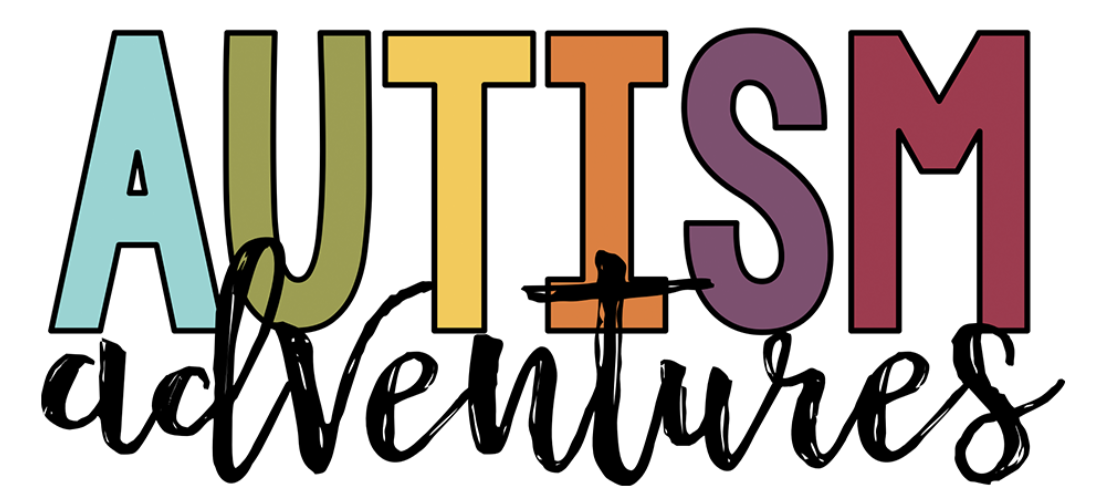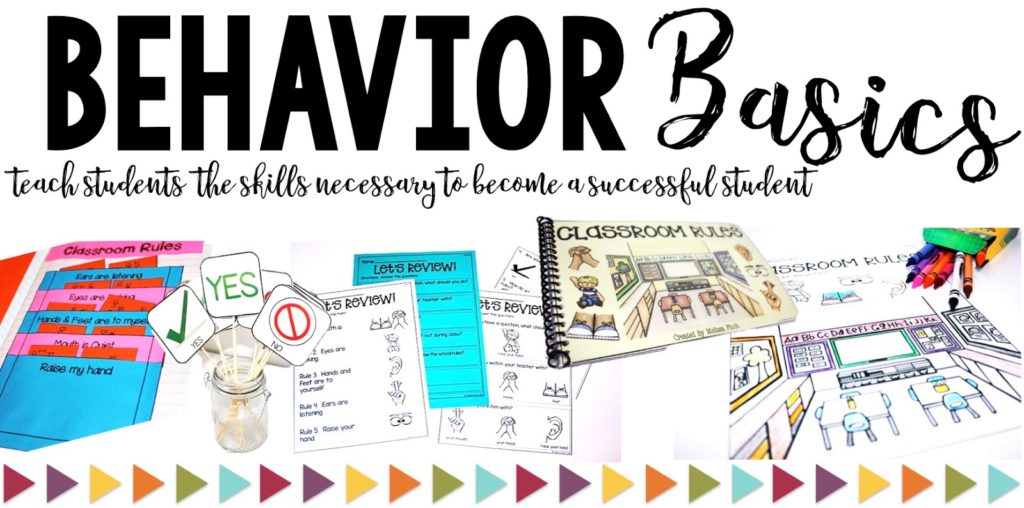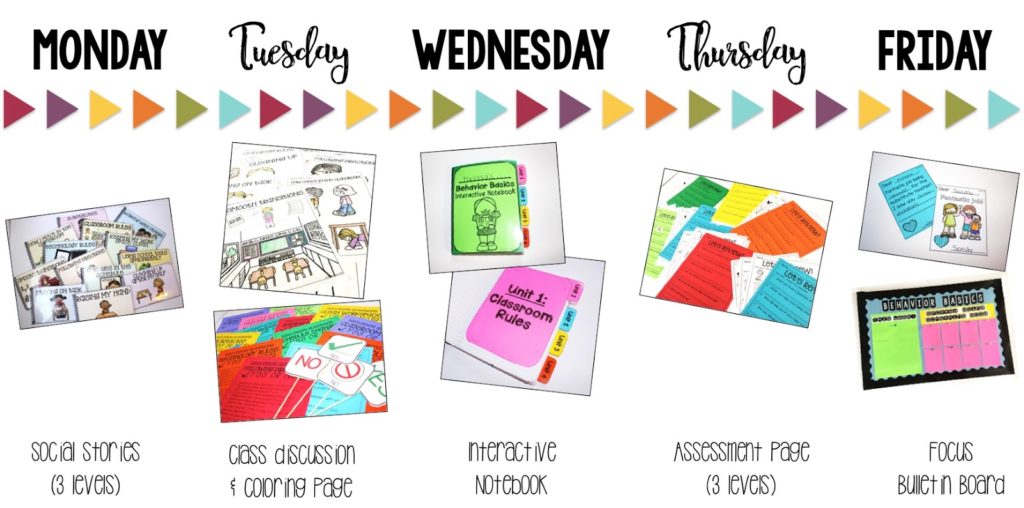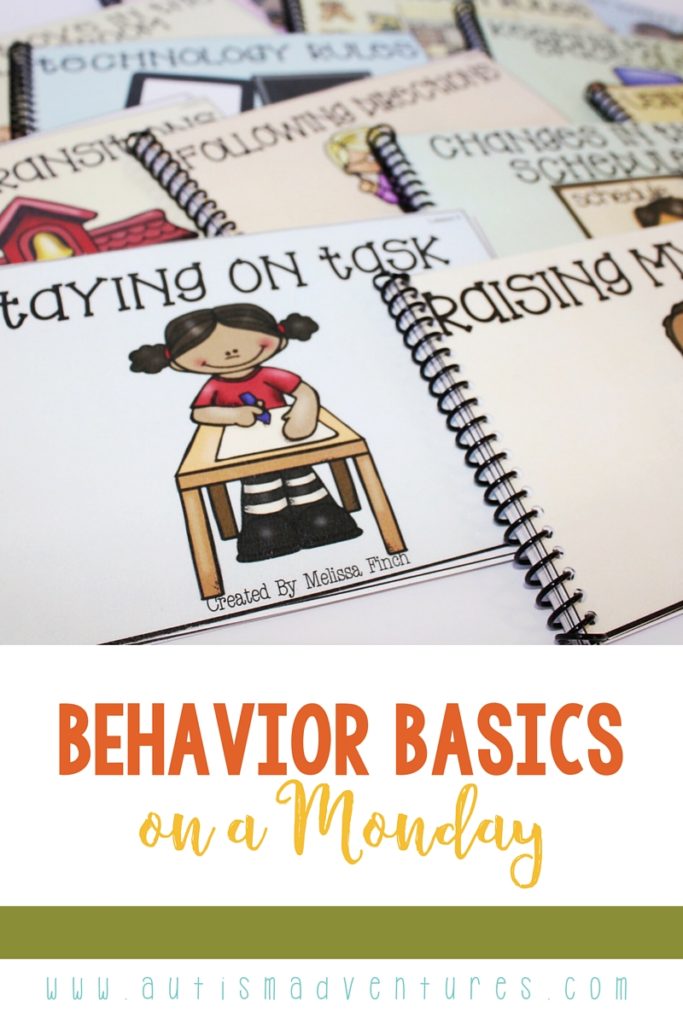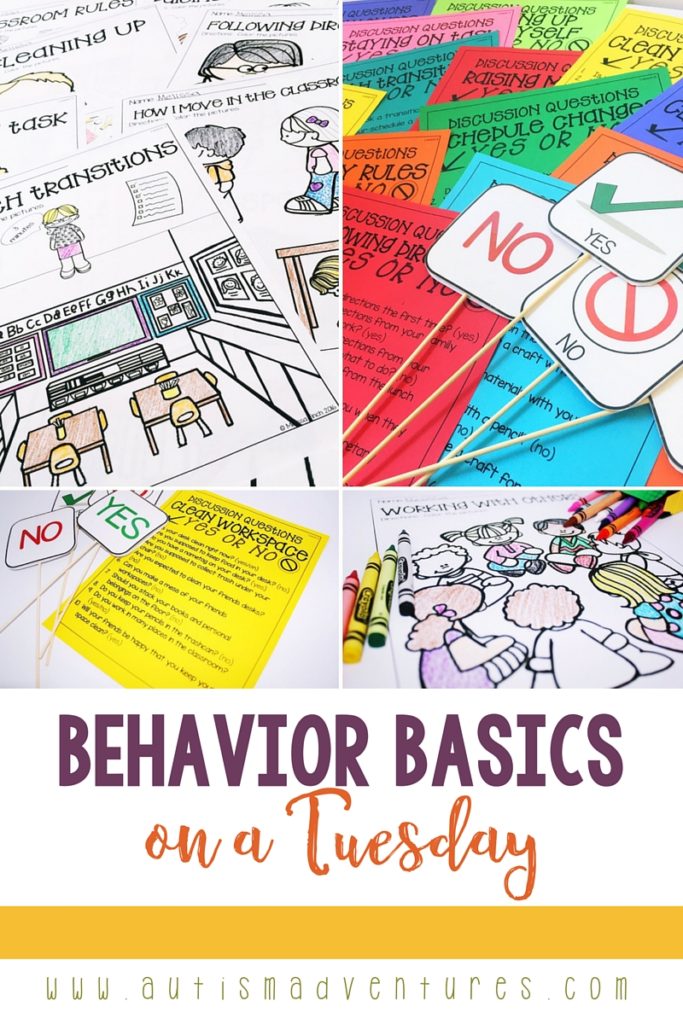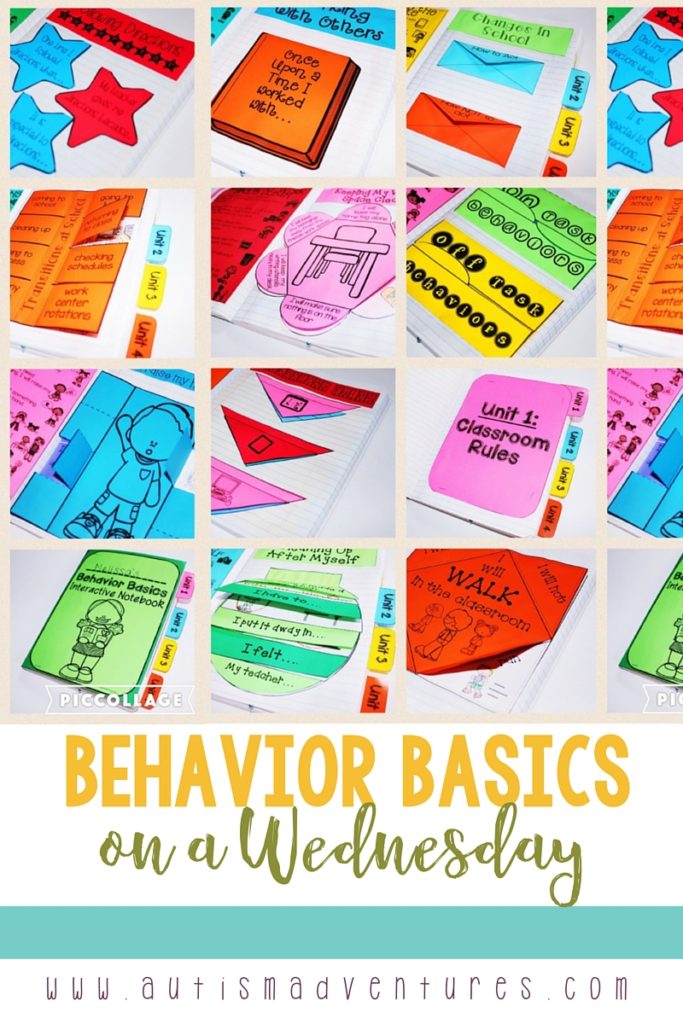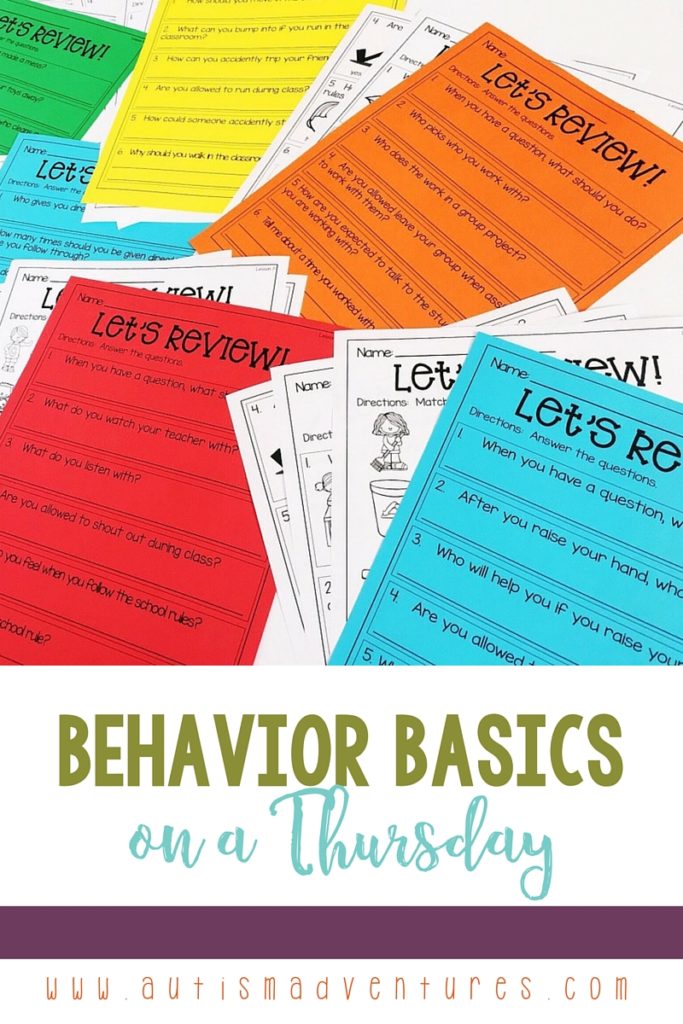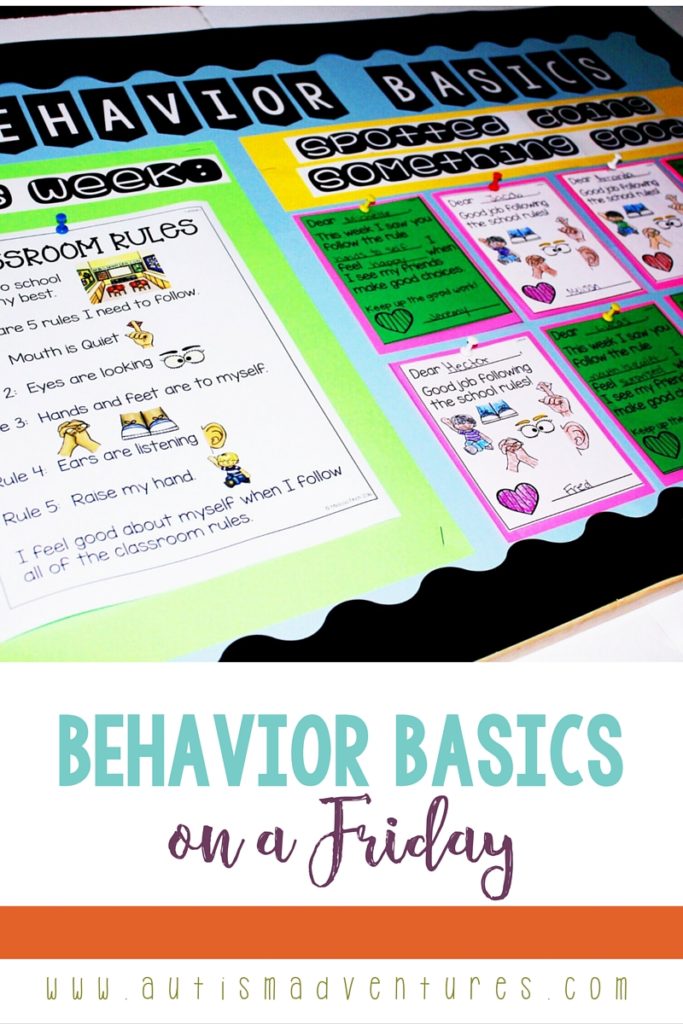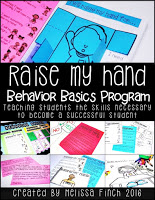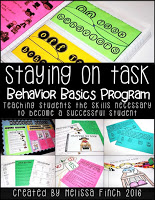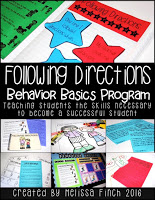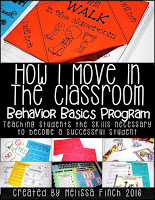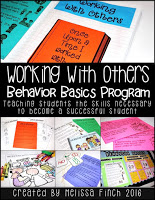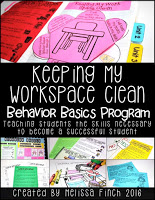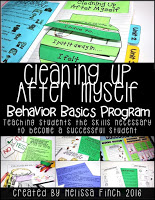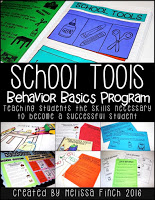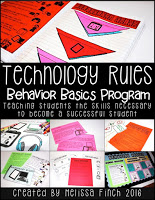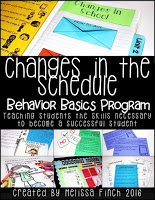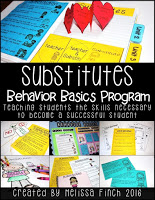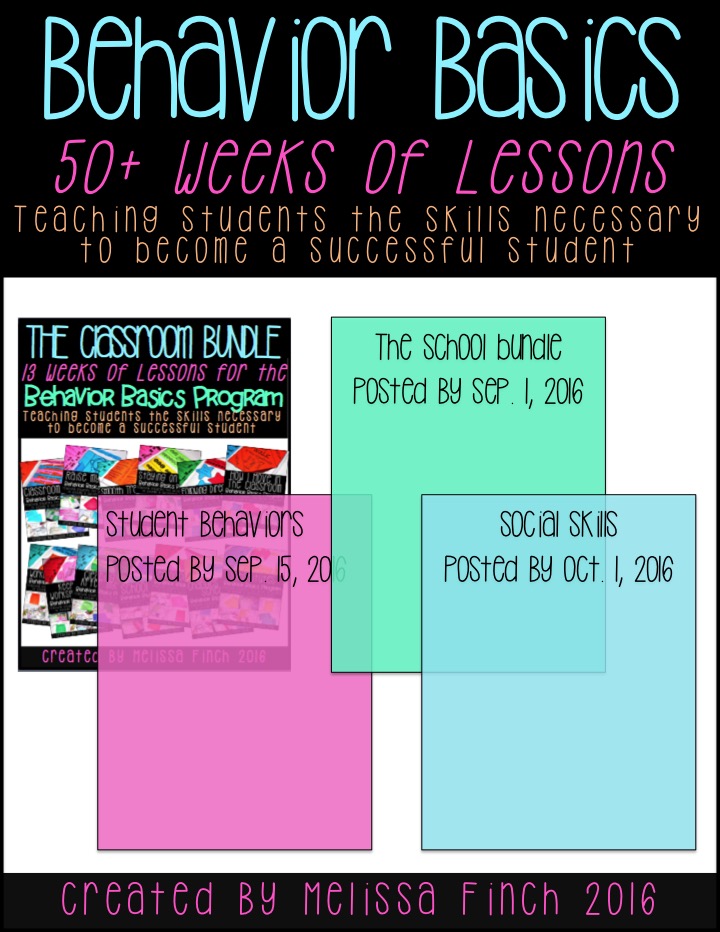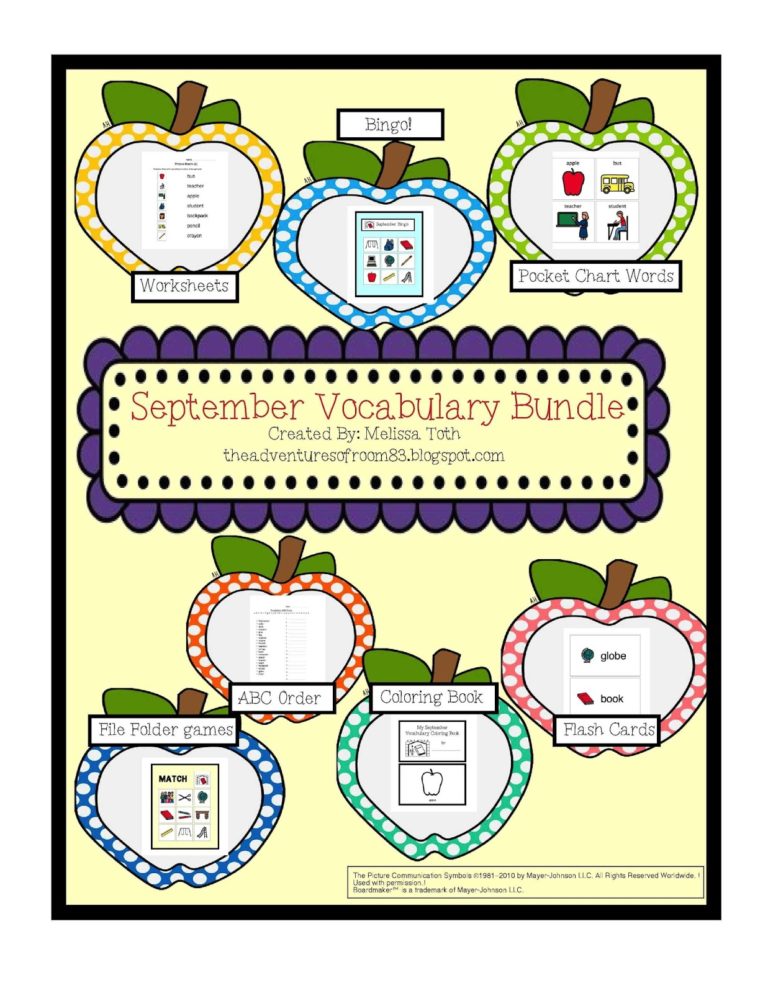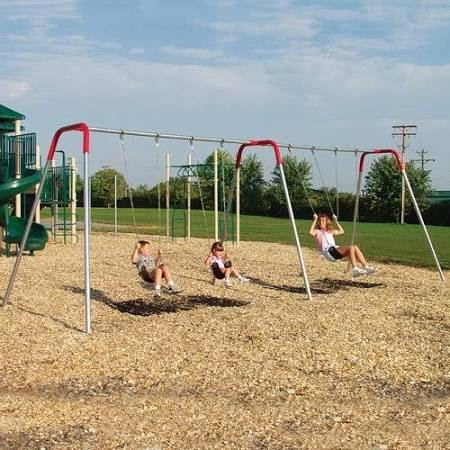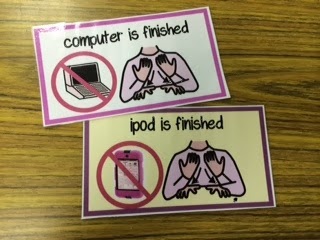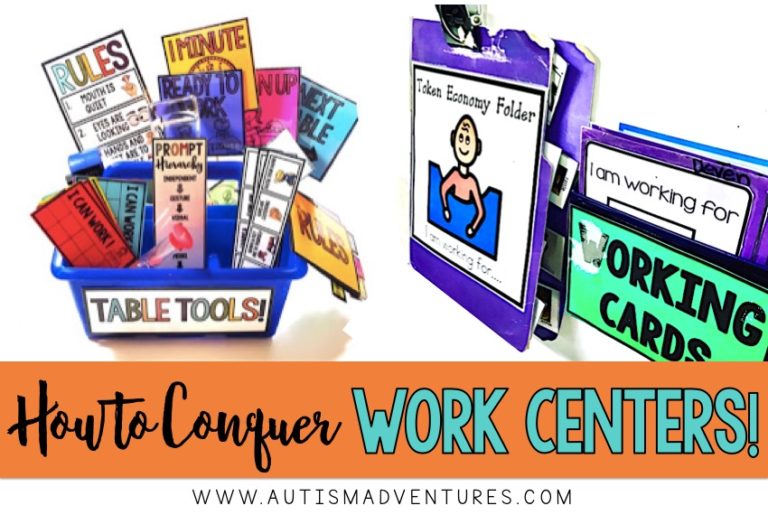The Behavior Basics Program
I am SO excited to introduce a new program I have been developing over the last several months. I believe there is a need of a curriculum that directly teaches and addresses the basic behaviors expected in a successful student. I searched high and low and found nothing that would meet the needs of my students. I wanted something simple, clear, concise and to the point. With that, I have developed a curriculum with consistency that can be used throughout the whole year in my classroom.
My Behavior Basics Program focuses on one behavior a week. A behavior that is chosen by the teacher. This program has over 50+ behaviors (and growing) to choose from. The program is not designed to go in lesson order. Behaviors are assigned a lesson number for organization purposes. Feel free to go in any order needed to meet your classroom’s needs at the time. The teacher decides on the behavior of the week and follows the plan.
I designed it so that it had weekly consistency so that students with special needs could get the hang of the routine and become more independent at the different tasks at hand. So let’s first take a look at Monday:
Monday focuses on introducing the behavior of the week. I love to teach skills through the use of social stories. Social stories are such a huge component to any special education program or autism classroom. They help visual leaners and students with limited reading ability. If you have the technology to support projecting in fortune of the room, simply open up the file and project it on your smart board. This allows for whole group instruction and students can follow along with their level version in front of them. Students can keep this in their desk all week to review as needed.
Included in each behavior basic bundle are 3 levels of social stories:
Tuesday is a FUN day! Kick it off with some discussion questions to get kids thinking. Each behavior basic bundle has 10 yes/no discussion questions to help facilitate student involvement. Teachers are able to add to these questions how they see fit for their kids needs or to elaborate to require more than a yes/no answer. Also included for Tuesday are student response sticks. Teach students to simply raise the yes/no stick to answer the question. There are two levels to these sticks to make for easy differentiation within your classroom:
Follow up your discussion with a fun coloring page. This is just another way for students to see the behavior. My kiddo’s love coloring, so it’s a great way to disguise the behavior of the week. While coloring students can discuss what they are coloring and why it relates to the behavior of the week.
I see interactive notebooks ALL over general education classrooms. I love the idea behind them but always worried they required to much work for my students that it would not be a reasonable tool in my classroom. I wanted to take this behavior basics program and include an interactive notebook that was designed with a special education student in mind. Each behavior basic bundle includes one page to create. Each behavior basic interactive notebook page comes in two versions. One is for writers and the other is for non writers. Each page is leveled different, but here is one example:
One component that I needed to create with the interactive notebook is clear and easy directions for students. There are many steps to creating each page so each page comes with a picture step by step for students to follow along. You can print these out or project them on the smart board for easy use.
With every new skill taught in a classroom, it is important to include an assessment component. Since these are such SIMPLE behaviors broken into a week I wanted a simple way of assessing the new skill. There are 3 levels of assessments included with each behavior basic bundle:
I wanted to wrap up each behavior basic bundle with a way for students to “generalize” the new skill they have learned. Students so often are able to read and recite facts from a story, but struggle with applying it to the “real world.” Simply set up a focus board in the beginning of the year like this:
Each Friday students fill out the focus board slip for one peer to put on display on the wall. This helps build a loving and happy community within your classroom while building successful students. There are two levels of focus board slips for easy differentiation within your classroom.
As you can see, there are MANY components to each behavior. But, every week follows the same format so once you get the hang of it as a teacher it will become second nature. Teaching the basics of behaviors to students is such an important aspect of teaching. We can’t assume our students know how to behave unless we teach them. Here are all of the behaviors listed in my store so far:
Grab all 13 in Unit 1 at a discounted rate:
Looking to utilize this the entire school year? Grab my growing bundle to get 50+ behaviors all in one file. As I create more you will get access to more!
